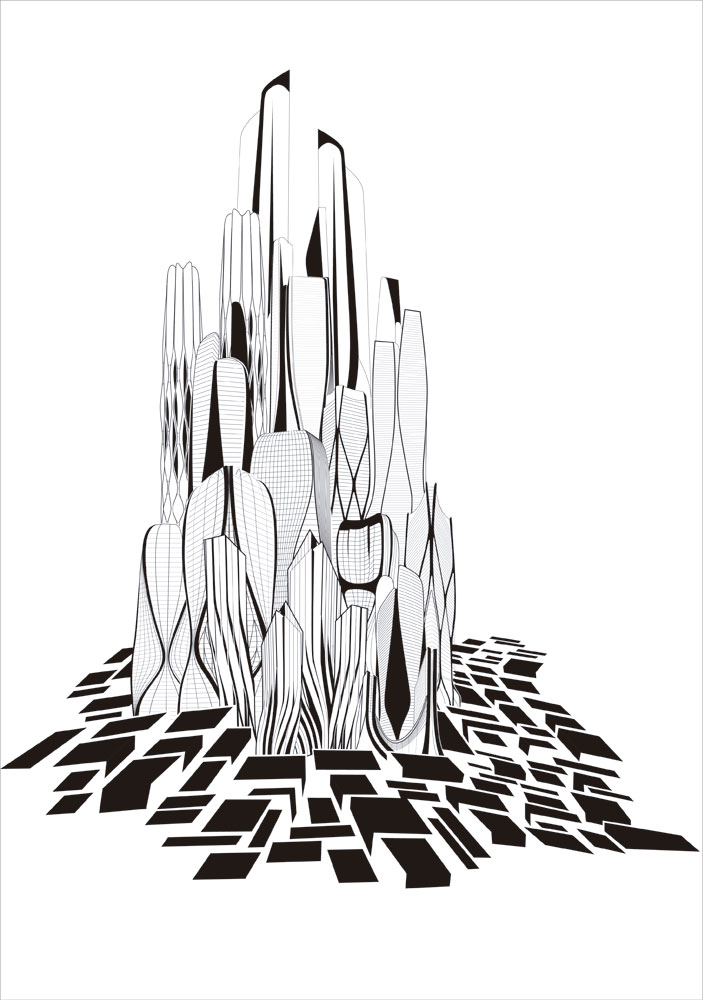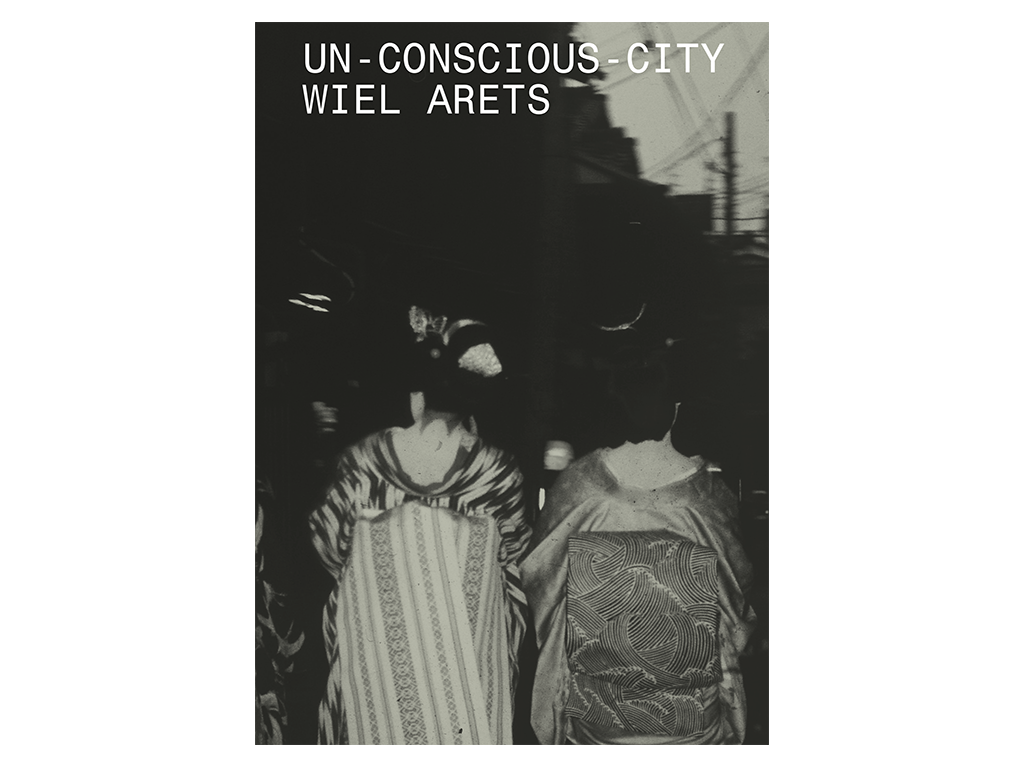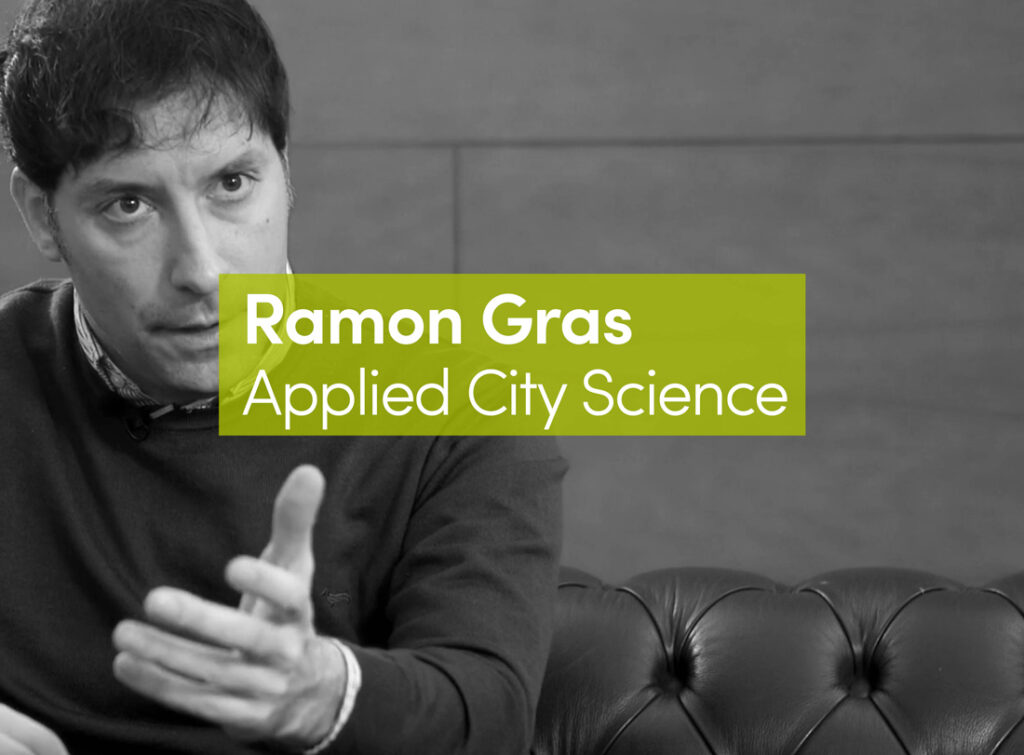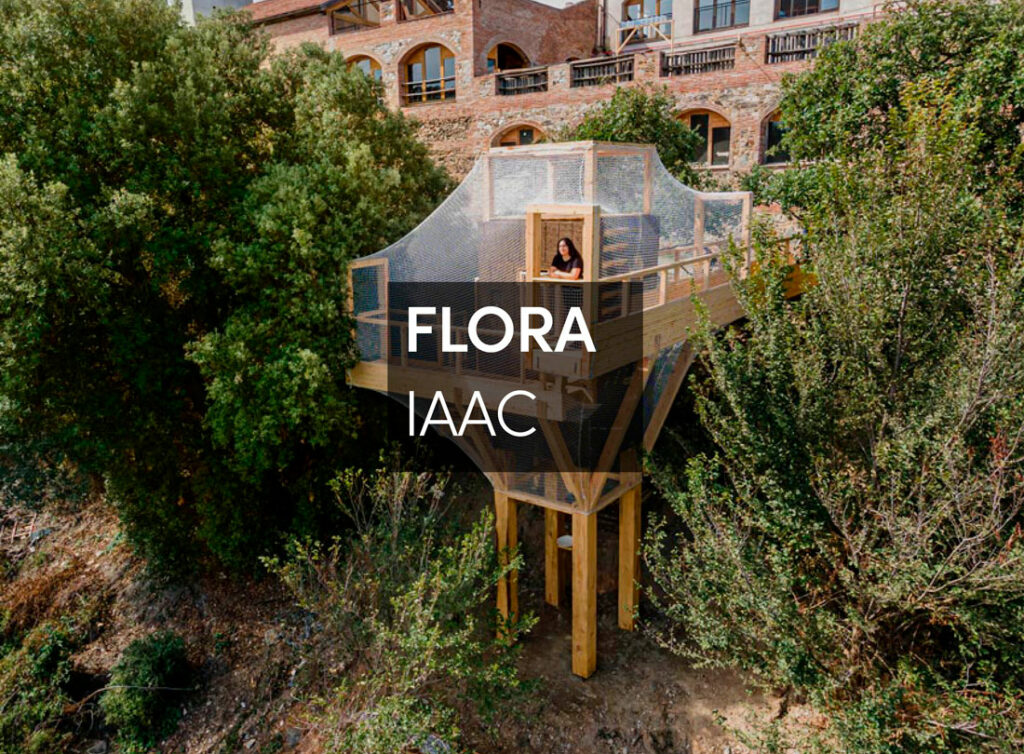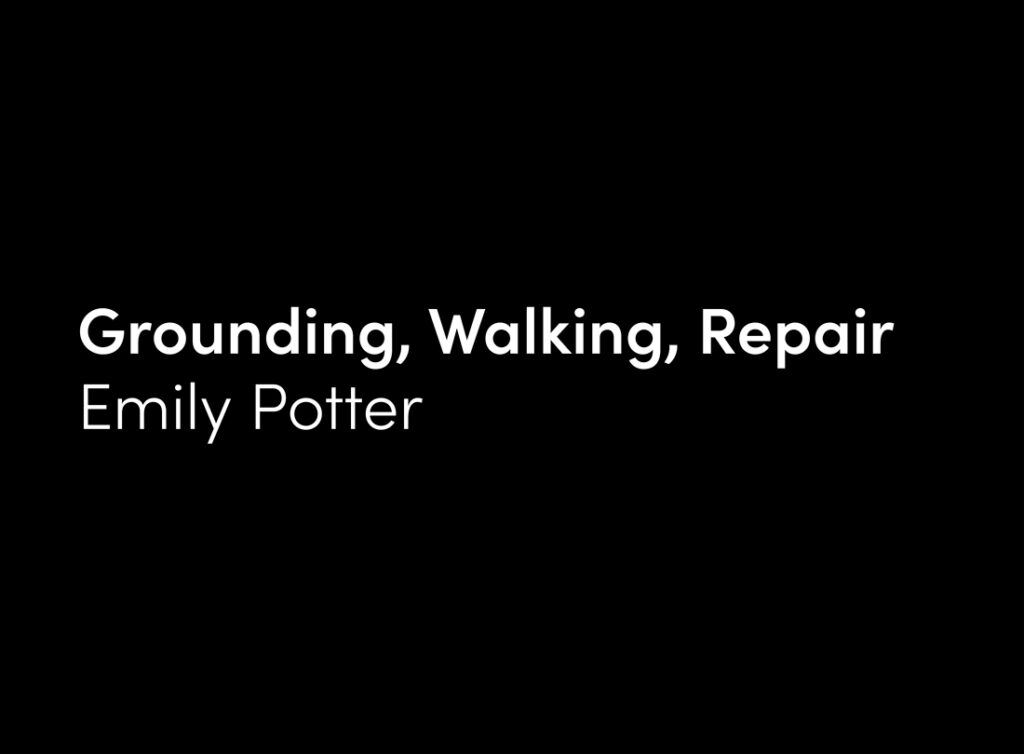The cities of the future can only be sustainable if they become truly parametric.
Cities are a crucial point of our global consumption of energy, air and water. Buildings consume energy and pollute during their life cycle as well as during their fabrication and construction. The ecological sustainability of our civilization depends upon our ability to find more intelligent and light-footed ways to harness and utilize the finite resources of our natural environment. This necessity imposes a new constraint upon the design of our built environment, not only in terms of new technology and innovative engineering solutions, but also in terms of the architectural order and value of the built environment. The task is to create cities that sustainably adapt to the natural environment without arresting the progressive, developmental thrust of our civilization.
Cultural advancement has to continue. Continuous technological innovation is a necessary precondition for our ability to ascertain our on going ecological sustainability. Therefore the tightening of ecological constraints that impose themselves upon the design of cities must not constrain the vitality and productivity of the life processes they accommodate. Cities must continue to provide the living conditions that are favorable to culture.
The inherent limitations of the linear models of expansion that characterized Modernism had become apparent both in terms of the ecological, socio-economic, as well as urban crises of the 1970s. The same theoretical resources and computational techniques that allow meteorologists to reconstruct and predict the global weather system and scientists to speculate about the earth’s evolving climate are available to contemporary urbanists and architects in their effort to meet the challenges posed by the current socio-economic structure.
The ecological challenge referred to above is among the defining moments of our epoch. Its impact on contemporary architecture and urbanism is second only to the challenge posed by the dynamic and complexity of current Society. Indeed, the general paradigm of “eco-systems” applies to both, and is embraced as founding paradigm of Parametric Architecture. The same design concepts, techniques and tools of Parametric Architecture that allow contemporary architects to ramp up the communicative complexity of the built environment are also congenial to the agenda of optimizing architectural forms with respect to ecological performance criteria. Morphological output variables can be programmed to respond to environmental input parameters. For instance, a data-set like a sun exposure map that maps the radiation-intensities a façade is exposed to during a given time period can become the data-input for the adaptive modulation of a sun-shading system. As the system of shading elements wraps around the façade the spacing, shape and orientation of the individual elements gradually transform and adapt to the specific exposure conditions of their respective location on the façade. The result is a gradient, continuously changing façade pattern that optimizes sun-protection relative to light intake for each point on the façade. At the same time, this adaptive modulation gives the building an organic aesthetic that also makes the orientation of the building in the environment legible and thus facilitates the comprehension and navigation of the urban environment. The differentiated articulation of the façade contains and transmits information about its position rather than remaining indifferent and blind. The same principle of conspicuous, adaptive variation and correlation is being applied to the activity and event parameters of the urban life process. The disorientating, generic neutrality and monotony of Modernism gives way to the ecologically adaptive eloquence of Parametric Architecture.

